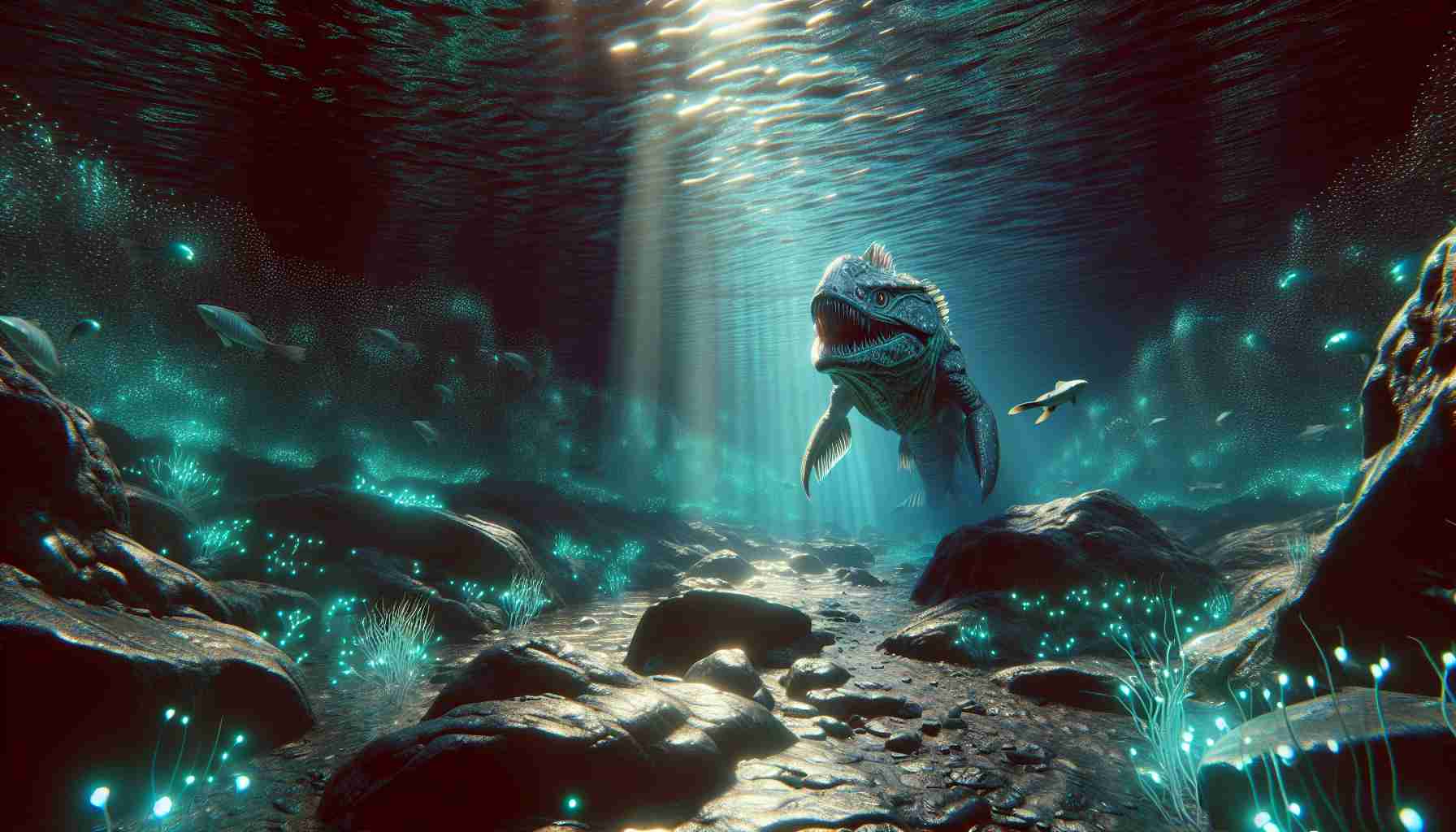The depths of the ocean conceal an extraordinary world, and recent research has unveiled a remarkable predator thrumming with life in the profound dark. Marine biologists from the Woods Hole Oceanographic Institution (WHOI) and Chile’s Instituto Milenio de Oceanografía (IMO) have identified a novel species thriving in the hadal zones, depths ranging from 3.7 to 6.8 miles.
This newly found creature, named Dulcibella camanchaca, is a small, shrimp-like amphipod measuring merely 1.58 inches long. Unlike the intimidating predators often depicted in popular media, this diminutive crustacean employs specialized appendages to capture its prey, primarily targeting smaller amphipods that populate the Atacama Trench, which descends over 4.97 miles deep along the coasts of Peru and Chile.
During their groundbreaking 2023 Integrated Deep-Ocean Observing System Expedition, researchers collected four specimens using advanced technology designed for extreme depths. Subsequent genetic and morphological analyses revealed that this species belongs to a previously undiscovered genus, highlighting the Atacama Trench as a unique ecological hotspot.
Far from being a barren environment, these depths are teeming with life, and each new discovery deepens our understanding of how organisms can adapt to such unforgiving conditions. The study underscores the crucial need for ongoing exploration and conservation efforts in these fragile ecosystems, particularly amidst looming climate change challenges. Scientists eagerly anticipate further revelations from the mysterious expanse of the deep ocean.
New Discoveries from the Dark Depths: Meet Dulcibella camanchaca
Unveiling an Unseen World
Recent research conducted by marine biologists from the Woods Hole Oceanographic Institution (WHOI) and Chile’s Instituto Milenio de Oceanografía (IMO) has shed light on a fascinating predator residing in the depths of the ocean, specifically in hadal zones ranging from 3.7 to 6.8 miles below the surface. This expedition led to the discovery of a new species, Dulcibella camanchaca, a small, shrimp-like amphipod that is reshaping our understanding of life in extreme conditions.
Features of Dulcibella camanchaca
Dulcibella camanchaca is a diminutive creature measuring just 1.58 inches in length. Unlike many predatory species characterized by size and ferocity, this amphipod employs specialized appendages to hunt for prey. Its primary targets are smaller amphipods that thrive in the nutrient-rich waters of the Atacama Trench, which lies over 4.97 miles deep off the coasts of Peru and Chile.
Specifications:
– Scientific Name: Dulcibella camanchaca
– Length: 1.58 inches
– Habitat: Hadal zones of the Atacama Trench
Significance of the Discovery
The identification of Dulcibella camanchaca represents more than just the addition of a new species to marine biology. The researchers’ work, part of the 2023 Integrated Deep-Ocean Observing System Expedition, involved collecting specimens using cutting-edge technology designed for extreme depths. These efforts reveal that life exists in some of the ocean’s most hostile environments, bolstering claims about the biodiversity present in hadal zones.
Use Cases for Research:
– Understanding Adaptation: The adaptation of species like Dulcibella camanchaca provides insights into evolutionary biology.
– Ecosystem Health: Insights into these ecosystems can aid in conservation efforts aimed at protecting unique marine environments.
Challenges and Conservation
The ongoing exploration of these depths emphasizes the fragility of hadal ecosystems, particularly against the backdrop of climate change. As threats to marine biodiversity increase, scientists advocate for sustainable practices and conservation efforts focused on these deep-sea habitats.
Insights and Future Prospects
The discovery of new species continues to highlight the ocean as an unexplored frontier rich with potential revelations. With advanced technologies and increased marine research initiatives, experts anticipate uncovering more about the complex interactions and survival strategies employed by deep-sea creatures.
Innovations in Deep-Sea Exploration:
– Advanced Submersibles: Enhancing our capability to study extreme environments.
– Genomic Analysis: Providing deeper insight into the biodiversity and evolutionary history of marine life.
Conclusion
The emergence of Dulcibella camanchaca stands as a testament to the ocean’s vast unexplored territories. As marine research progresses, each discovery invites us to reconsider our understanding of life on Earth and the importance of preserving these delicate ecosystems.
For more insights on marine biology and ocean conservation, visit Woods Hole Oceanographic Institution.
